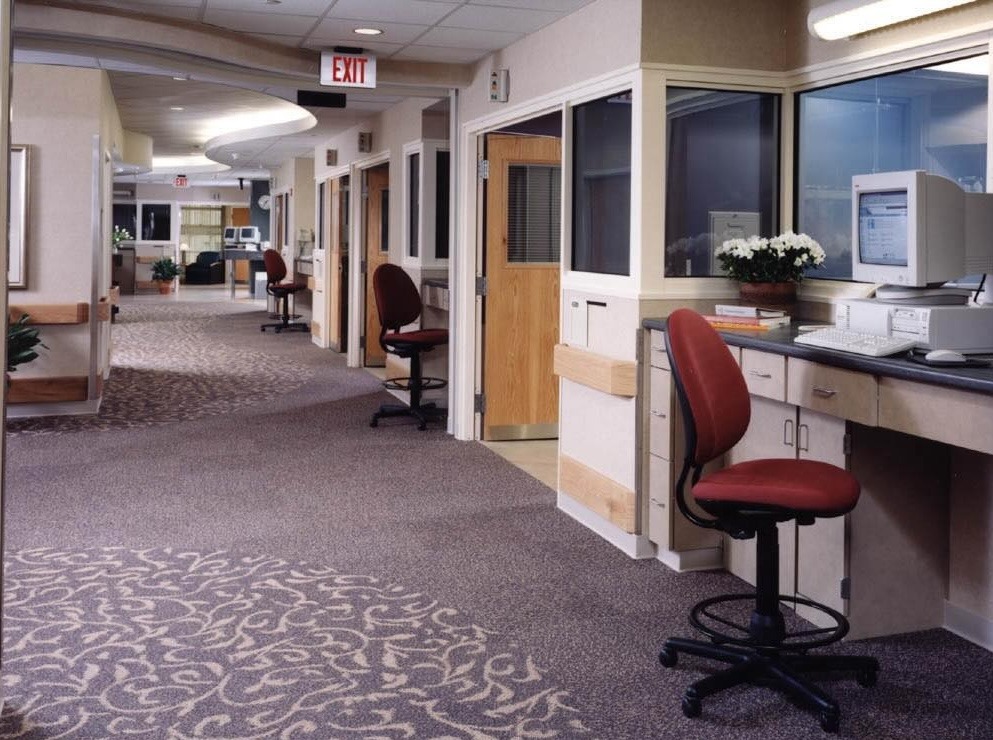As the gun control debate in America heats up again, gun advocates are repeating their belief that "guns don't kill people, people kill people."
And while I don't disagree with that statement, people do have to have access to guns in order to use them to kill other people.
Complex Problem
Preventing mass shootings is a complex problem that involves both access to guns and addressing behavioral and mental health issues. Which is why the newest design toolbox from The Center for Health Design (CHD) is timely.
Released this week, the "Behavioral and Mental Health Toolbox" is a library of newly-created and curated content of research findings, expert insights, strategies, tools, and other resources. Even better, the toolbox is available for free to all for the next 12 months.
Why We Should Care
You can see detailed descriptions on CHD's website about what is in the toolbox, so I won't go into it here. But after looking at the toolbox's issue brief, here's why we should all care about designing for behavioral and mental health (BMH):
Up to 45% of patients admitted to the hospital for a medical condition or presenting to the emergency department with a minor injury also have a concurrent BMH condition.
Things like anxiety, attention deficit disorders, autism spectrum disorders, bipolar disorders, depression, obsessive-compulsive disorders, post-traumatic stress disorder (PTSD), substance abuse, and suicide. Another astounding statistic is that 56% of U.S. adults with mental illness go without treatment, as do 80% of adolescents with depression.
Can Healthcare Facility Design Solve This Problem?
Obviously, facility design cannot solve the problem of mental health.
But in the words of Florence Nightingale, the hospital environment should also "do no harm" to this especially vulnerable patient population. Providing a safe, therapeutic environment that supports both physical and psychological healing is, in the words of the toolbox issue brief authors, "the right thing to do."
They advocate for a universal design approach and engaging stakeholders in an evidence-based design process to make better decisions about "how to address the needs of patients with BMH comorbidities, but also help to make the case for taking action in the first place."
So, while healthcare facility design may be far removed from the politics of preventing mass shootings in the U.S., it is a very important way that healthcare designers can take action.
Other Behavioral Health Design Resources
"Design Guide for the Built Environment of Behavioral Health Facilities," updated January 2018. Information available on the Facilities Guidelines Institute website.
Design for Mental and Behavioral Health, book by Mardelle McCuskey Shepley and Samira Pasha published in 2017.
P.S. Please do me a favor -- if you liked this post and like this blog, please share it with others by sending them the link or posting it on your Twitter, LinkedIn, or Facebook. Also, don't forget to subscribe, so you'll get emails when new content is posted. Thanks!







